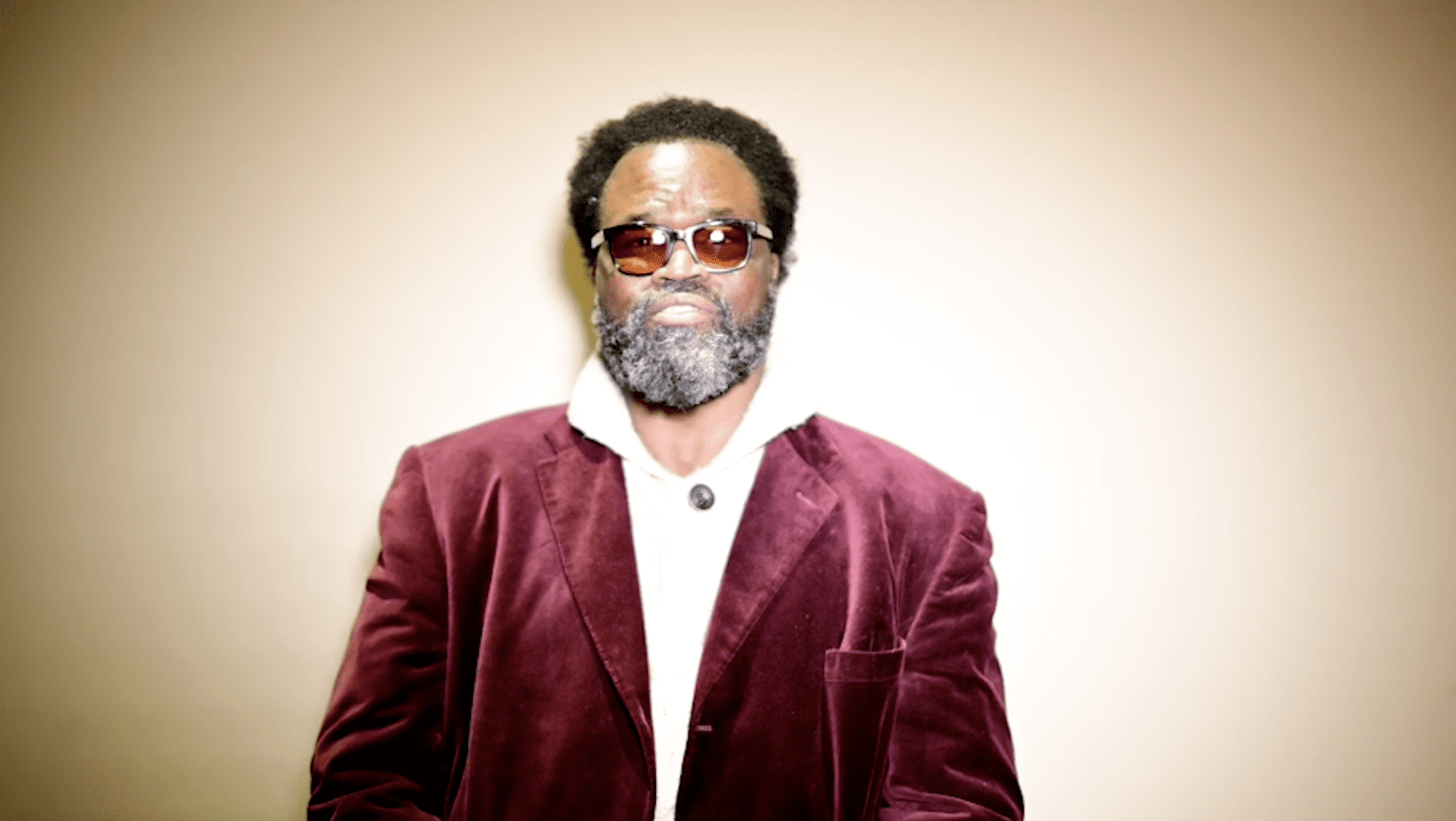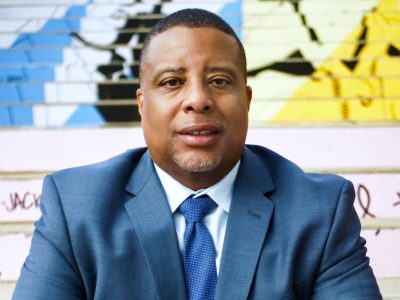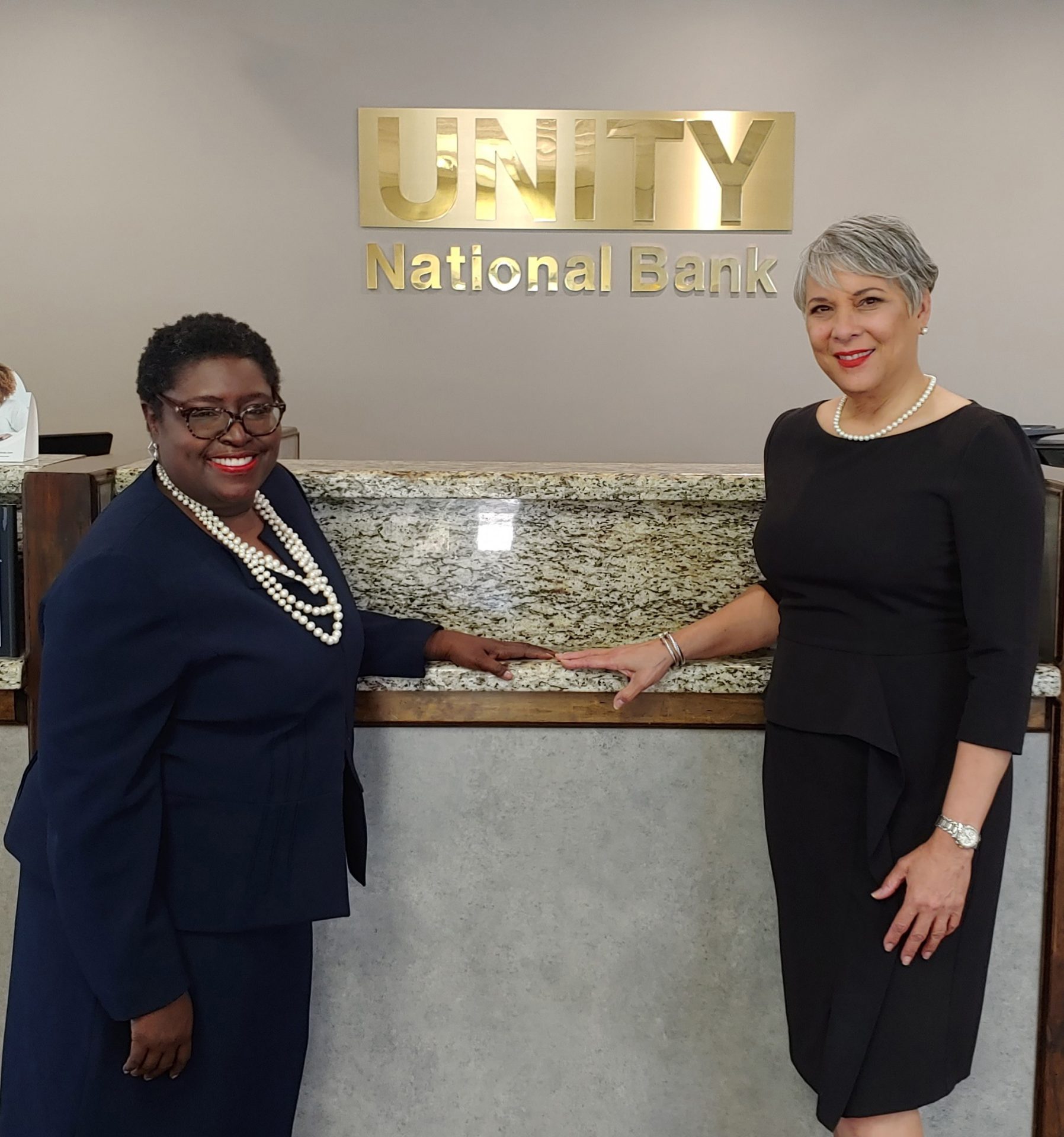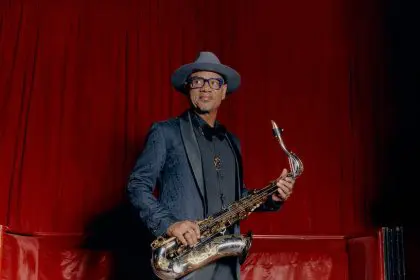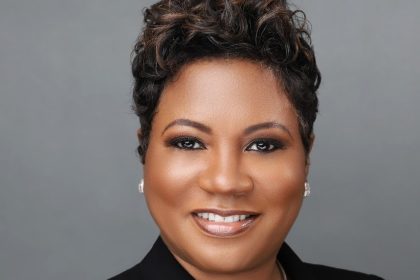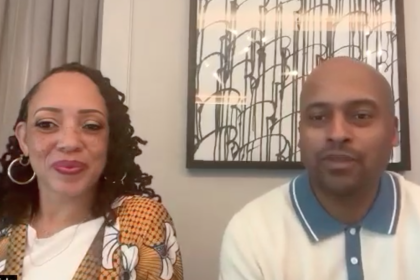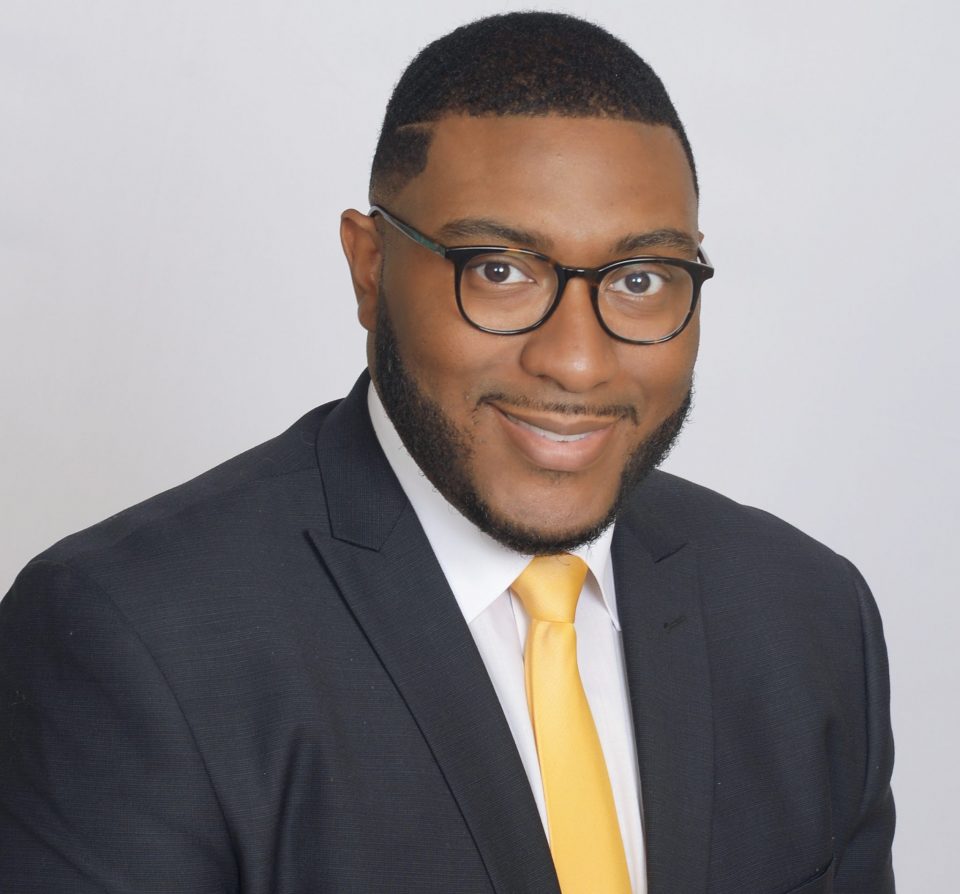
Texas Southern University graduate, Brandon Q. Jones has spent more than 10 years working his way up the ladder at Comerica Bank. Having landed in the position of vice president of external affairs, it is his job to create innovative ways to enrich the surrounding populations through community engagement, philanthropy and financial education.
Walk us through your journey in banking.
I walked into a bank one day [as] a college freshman. They were short-staffed, and I [went to] cash checks and struck up a good conversation with the branch manager. Upon wrapping the conversation, they [asked if I needed a job, which I declined]. My mom said, ‘You probably needed to take that opportunity,’ lecturing me about how when she was growing up, there weren’t a lot of Black people in banks, so they didn’t feel comfortable. So I started as a teller [when I was] a sophomore in college.
As vice president of external affairs and a market manager for Comerica Bank, what does your day-to-day look like?
The primary function of my role is to lead our community efforts through building and sustaining relationships with our nonprofit partners. That looks like developing innovative financial education, programming, and engaging with our community members in an effort to raise expectations of what the bank could be in our community.
Why are community partnerships and relationship building important?
Building relationships is critical to serving and community, it all boils down to, we are all better together. Strong partnerships aren’t developed by a singular entity. They’re a collective effort on all points. That’s our municipal entities, nonprofits, as well as corporate citizens. So we all have a specific good that we can bring to the table. And that’s what it looks like in terms of developing relationships.
Do you feel we’re making progress as it relates to the inequalities that people of color have faced over the years?
I think that we’ve made some progress. We typically always want to look outward for these solutions, but we are a part of the issue. We can not only provide philanthropic solutions to systematic issues. We have to begin to look at how we have been a part of that system and how we have helped or not helped folks over the years and what that may look like internally. We as banks, [as far as] our products and services, are required to look at the ways in which we lend to people, to make sure that they’re equitable so everybody has an equal playing field. So we have to look at it internally first. There are strides being made, but we can definitely do more.

